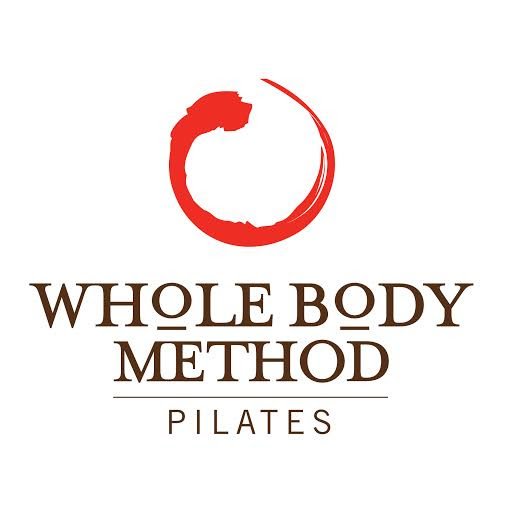Why Classical Pilates Stands Out from its Contemporaries: Honoring Tradition in a Modern Pilates World
Although classical Pilates originated in the 1920s, Pilates became a mainstream trend at the start of the twenty-first century and has only increased in popularity since. And just as when any popular concept or practice becomes widespread, changes and tweaks begin to branch out from the original source.
So, why stick to classic or also called the authentic method? What makes classic Pilates worth pursuing over its contemporary style pilates/fitness routines?
Classical Pilates, rooted in Joseph Pilates's original teachings, has withstood the test of time. In an era where trends come and go, classical Pilates remains unwavering in its commitment to preserving the authenticity and tradition of the whole-body practice. The enduring appeal of classical Pilates lies in its steadfast dedication to the basic principles developed by its founder.
In classical Pilates, there are no shortcuts. Every movement is executed with meticulous attention to detail, emphasizing breath control, unnecessary pounding of the heart, spinal lengthening and precise, controlled actions. This commitment to Joseph Pilates's original teachings ensures that every innovative motion is retained and practiced to its full potential. When you embrace classical Pilates, you're not just exercising; you're engaging in a practice deeply rooted in its founder's vision.
Other essential components that sets classical Pilates apart from its contemporary style are:
a) The use of traditional apparatus. The Reformer, the Cadillac, and the Wunda Chair—all personally designed by Joseph Pilates—are integral to the classical Pilates experience.
b) Every exercise is focused on the whole body. Pilates takes a holistic approach to movement and in general does not single out specific body parts. There is flowing rhythm to each movement.
c) The exercises are not designed to fatigue the body, therefore the repetitions are kept between 4-8.
d) The principle that spinal flexibility is the key to health. Every exercise provides spinal self-correction.
In classical Pilates, structure and guidance are paramount. Instructors well-versed in the art and science of Pilates understand the importance of the above techniques. They take the time to ensure you accomplish the original movements successfully, so that you experience the full benefits of this time-tested practice.
In a world where fitness trends come and go, classical Pilates remains a steadfast pillar of health and wellness. By embracing the traditional roots of Pilates, you not only connect with a rich legacy but also embark on a journey toward holistic fitness that stands the test of time. At Whole Body Method, we are proud to make classical Pilates our focus, guiding you on your path to physical and mental well-being, just as Joseph Pilates envisioned nearly a century ago.


